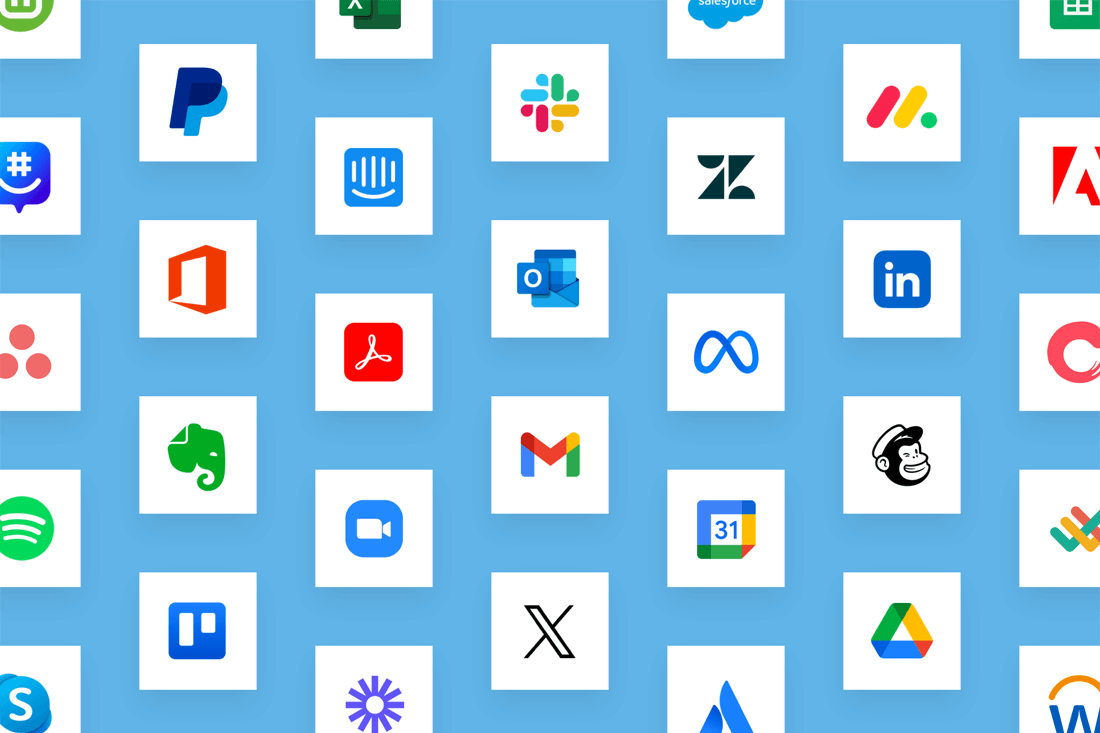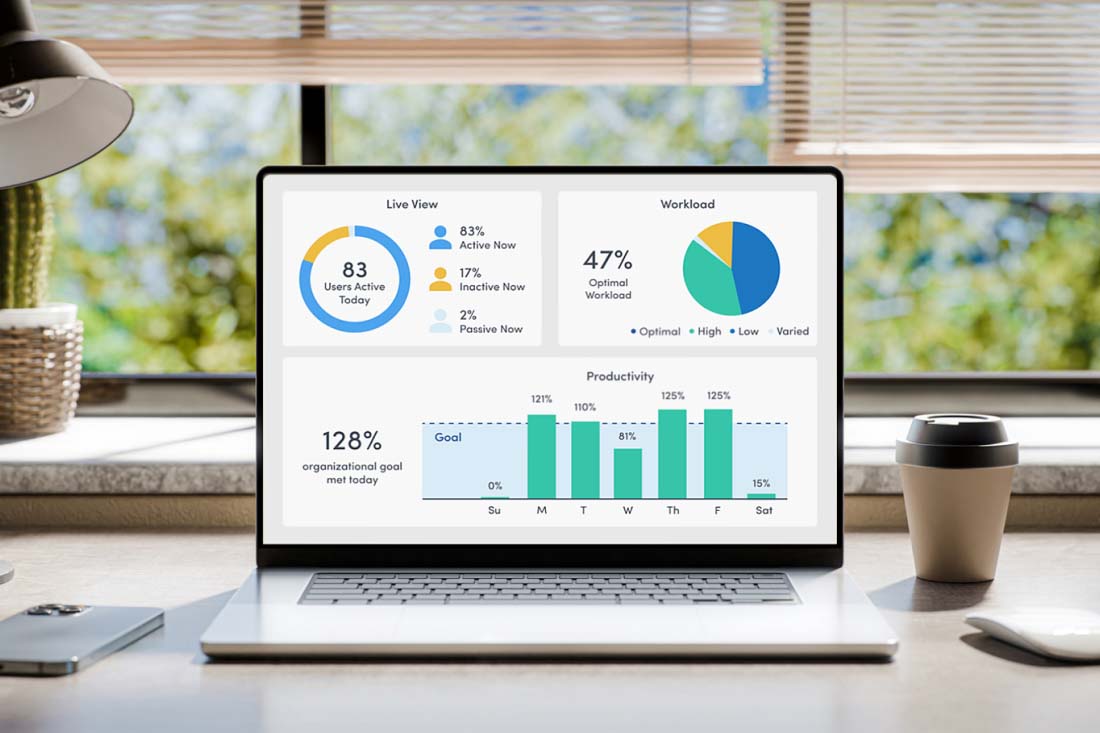Organizations spend a lot of money on software-as-a-service (SaaS) subscriptions — for good reason. These apps help teams save time, boost productivity and streamline processes.
However, there is a downside.
The rapid adoption of SaaS has also led to significant challenges in managing associated costs. Apps are often procured without the knowledge of IT or finance teams, which can quickly lead to diminishing returns on investment — less visibility, increased security risks and out-of-control spending.
If any of this sounds familiar, we have good news. You can solve all these problems with a strong SaaS spend management plan.
What is SaaS Spend Management?
SaaS spend management is the practice of optimizing expenses associated with SaaS applications throughout their lifecycle. It involves tracking usage, analyzing costs, negotiating contracts, optimizing licenses and creating policies to keep SaaS spending in check.
The importance of SaaS spend management
Do you know if your employees actually use the premium plans you pay for? Or if they even like them? Many businesses don’t have this level of insight. And the longer you’re in the dark, the more that lack of visibility can cost your company.
Without a SaaS spend management strategy, you may miss opportunities to downgrade features for employees who don’t need them or redistribute licenses to others who do. This leads to a limited understanding of the number of SaaS applications in your portfolio — not to mention a SaaS budget built around gut instinct and snap decisions.
If you want to maximize ROI, building an effective SaaS spend management plan is crucial.
Gartner predicts enterprise organizations will spend more than $195 billion on SaaS apps in 2023, a 33% increase from just two years before. Additional research puts annual SaaS app costs at $9,600 per employee — not including unsanctioned apps used by six in 10 employees who adopt tools without going through IT.
That’s a lot of budget to blow through. And you don’t want to leave those recurring expenses to chance.
By getting and staying ahead of your SaaS expenditures, you can prevent overspending and uncover potential cost savings.
Benefits of proper SaaS spend management
Without proper management, your company could end up paying for all kinds of apps and features employees never actually use. By closely monitoring SaaS spend and implementing cost-saving measures, you can ensure resources are consistently allocated to applications that deliver real value.
Proper SaaS spend management delivers several important benefits, all of which play a role in helping you determine which apps are critical to business operations.
- Increased visibility: SaaS spend management planning ensures you have full visibility into SaaS licensing company-wide — which apps are used, who uses them and how they impact your bottom line.
- Better software utilization: SaaS spend optimization is about more than just cost-cutting. An optimized portfolio also leads to more efficient software utilization, with each team making the most of every app at their disposal.
- Lower overall SaaS costs: With a proactive plan for addressing unused, underused and redundant applications, you can free up resources for new licenses and software training.
- Fewer security vulnerabilities: The visibility that comes with centralized SaaS management can also help reduce your risk of cyberattacks targeting cloud-based applications.
5 best practices for effective SaaS spend management
Optimizing your SaaS purchases may sound simple enough. Once you have a handle on who’s using what, all that’s left to do is make cuts and adjustments — right?
Well, not exactly.
If you want to get as much ROI as possible from your SaaS investments, you’ll need to follow a formal process. Let’s look at five SaaS spend optimization best practices to help get you started.
Understand how employees use your apps
Until you understand what people do after they log in, you won’t really know how to optimize your investments. Who uses which features? How often do they use them? Are some teams using specific apps more than others? Do different departments use different apps for the same purpose?
Answering these questions is an essential first step. Why? Because it tells you if the apps in your portfolio are worth the money. These insights can also help you understand when you need to invest in more software training or facilitate more widespread adoption. Here are some additional questions to consider:
- Which apps do people regularly use?
- Are they critical to business operations?
- How do they impact productivity?
- Are teams making the most of all capabilities, or is more training needed?
Improve your SaaS procurement process
Once you understand how employees use your existing apps, you can focus on fine-tuning your process for acquiring new software. By formalizing a set of standards now, you can help prevent future issues related to spend and usage. This could be as simple as creating a checklist for vetting SaaS app requests as they come in. For example, you might ask questions such as:
- Will the new app offer features that aren’t already in your SaaS portfolio?
- Is it the most cost-efficient option available on the market?
- How well does it fit your needs?
- What additional value will it create?
- Is there flexibility in plans, pricing, upgrades and downgrades?
For enterprise-level SaaS tools, factor in your long-term plans during contract negotiations. While it can be tempting to jump at every deal and special offer, these may not always be to your benefit. While the savings promised by annual plans or multi-year SaaS contracts can seem enticing, they won’t add lasting value until you achieve widespread adoption. In some instances, it might be better to start with a monthly plan so you have room to assess usage and productivity rates first — before moving on to a bigger commitment.
Regularly monitor SaaS expenditures
The next step in effective SaaS spend management is gaining visibility into SaaS expenditures. This involves conducting a thorough audit of all your SaaS applications, ideally with a specialized spend management platform that enables real-time usage monitoring. Tracking this data is the simplest — and easiest — way to uncover potential cost-saving opportunities and eliminate underused or duplicate applications.
Just don’t make the mistake of taking a one-and-done approach. Plan on conducting a SaaS expenditure audit at least once a quarter to identify untouched subscriptions, redistribute licenses and determine if the level of employee usage warrants the costs.
Find a good SaaS spend management tool
While you could tackle the above best practices manually, SaaS management software will make the process easier and more accurate. These tools will not only provide the insights you need when negotiating contracts, but can also fuel SaaS stack decisions that directly impact your bottom line. They provide real-time records of which tools are being used and how they affect productivity — insights you can use to make better, faster decisions.
For example, automated app usage analytics can help you see if employees are using all of the features available to them. Or you might discover an opportunity to save money by downgrading current users or avoid purchasing higher-tier licenses for new ones. Each of these insights will help ensure you’re maximizing ROI on each app, without having to invest a ton of time and energy.
Optimize your SaaS costs
Another benefit of regular SaaS stack audits? You’ll know when it’s time to take action. Look for opportunities to consolidate redundant licenses, update subscription plans and renegotiate renewals.
This one practice alone can drive significant cost savings and ROI. By aligning SaaS usage with real-time trends and business needs, you can quickly eliminate unnecessary expenses and drive more value from essential applications.
Manage your SaaS spend with help from ActivTrak
Proactively managing SaaS spending is your ticket to all kinds of productivity benefits and cost-saving opportunities. But the process can be time-intensive when you’re just getting started. This is exactly what ActivTrak’s SaaS management software is designed for — to take the guesswork out of app analysis. You’ll always know which applications are being used, who’s using them and how they impact productivity.
Request a 1:1 demo to see how you can start measuring and optimizing your SaaS stack today.





